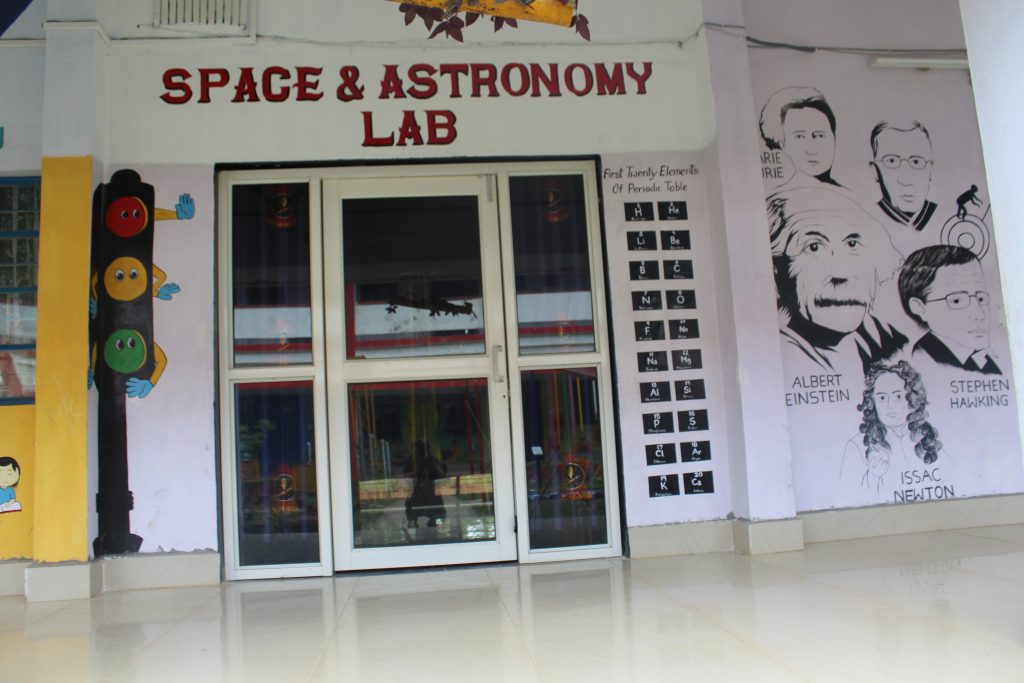November 21, 2024
space and astronomy lab is a facility or program dedicated to the study and exploration of space, celestial bodies, and astronomical phenomena. These labs can be found in schools, universities, research institutions, and science centers, and they typically focus on hands-on activities and experiments to enhance understanding of space science.
Key Features
- Equipment:
- Telescopes for observational astronomy.
- Spectroscopes for analyzing light from stars and other celestial objects.
- Computers and software for simulations and modeling.
- Experiments:
- Activities related to gravity, motion, and the physics of celestial bodies.
- Simulations of planetary systems or spacecraft trajectories.
- Research and Observation:
- Opportunities to observe celestial events (like eclipses or meteor showers).
- Projects on the study of planets, stars, galaxies, and the universe.
- Educational Programs:
- Workshops, lectures, and hands-on projects aimed at different age groups.
- Collaboration with local universities or space agencies for deeper exploration.
- Public Engagement:
- Events like star-gazing nights, lectures, and science fairs to engage the community.
Overall, a space and astronomy lab serves as a hub for learning about the universe, fostering curiosity, and promoting scientific inquiry.



